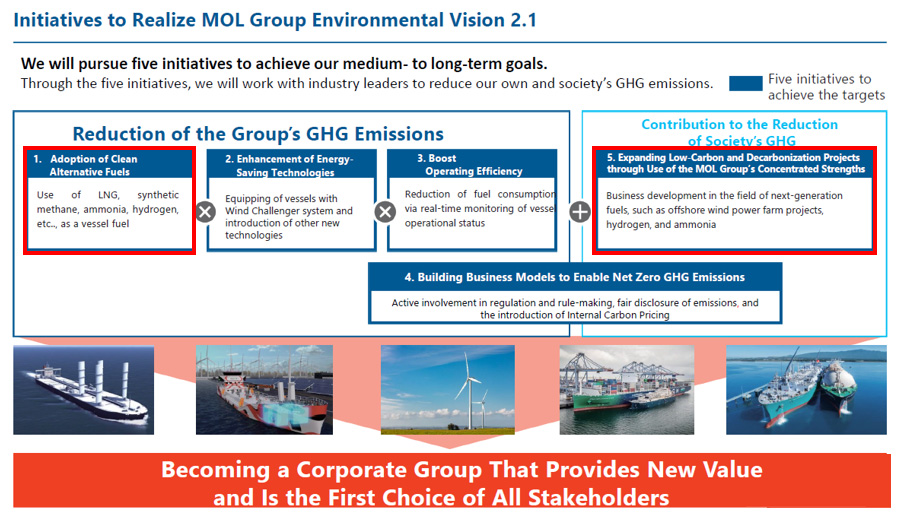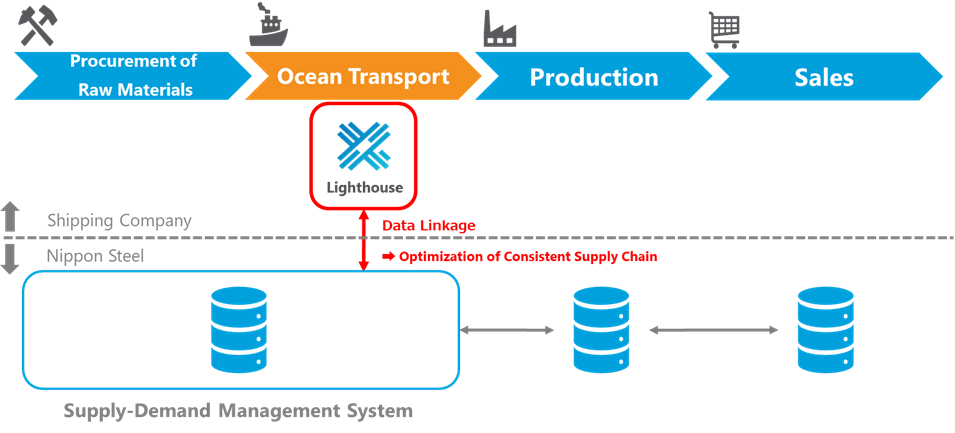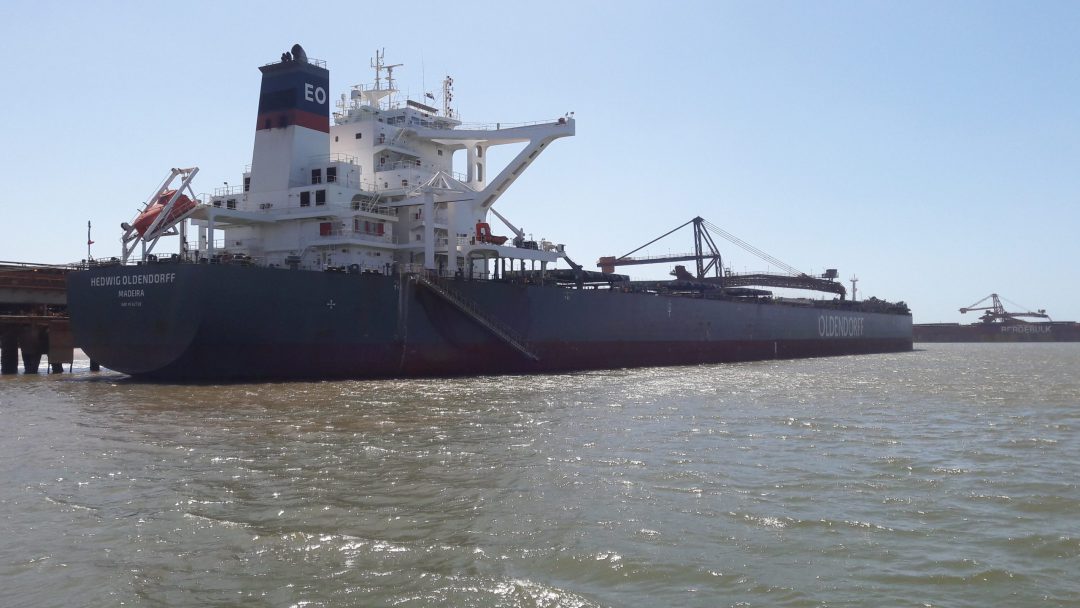Mitsui O.S.K. Lines, Ltd. -MOL; President & CEO: Takeshi Hashimoto; Headquarters: Minato-ku, Tokyo, announced that the methanol carrier “Capilano Sun”, which can run on either heavy oil or low-environmental impact methanol fuel, was delivered at Hyundai Mipo Dockyard -President: H.D. Shin; Headquarters: Ulsan, South Korea. The vessel will be chartered from Hisafuku Kisen K.K. -President: Chikashi Yamane; Headquarters: Onomichi-shi, Hiroshima, and Waterfront Shipping Company Limited -WFS; President: Paul Hexter; Headquarters: Vancouver, Canada will charter the vessel from MOL under a long-term contract.
MOL is one of the largest operators for methanol carriers, operating 18 vessels including “Capilano Sun”, and in 2016, started owning and operating dual-fuel vessels that can run on environment-friendly methanol fuel, continuously expanding the fleet. Currently, MOL operates 4 of the 13 methanol dual-fuel tankers in service around the world.
These methanol dual-fuel vessels can reduce emissions of sulfur oxide by up to 99%, particulate matter by up to 95%, nitrogen oxide by up to 80%, and carbon dioxide by up to 15%, compared to vessels using conventional fuel oil. The “Capilano Sun” is the most advanced low-emission vessel , which adopts advanced technology that adjusts the combustion temperature by mixing water into methanol fuel and can meet Tier 3 NOx regulations without a scrubber.
n the future, duel fuel methanol carriers can become an Environmental circulation-type business, by synthesizing the carbon dioxide from carbon capture methods, CO2 Carrries, with Hydrgen derived from renewable resource based electricity such as offshore wind power and wave power, which MOL looks into. The Methanol produced from the cycle can be used or provided as fuel, which will reduce the net CO2 emission.
MOL’s approach to environmental issues is guided by the “MOL Group Environmental Vision 2.1”, further expanding its methanol transport services by meeting a broad range of customer needs and leveraging its accumulated experience and know-how as the owner of one of the world’s largest methanol carrier fleets. MOL also takes a proactive approach to adopting various technologies that help reduce the environmental impact of its business activities.

Delivery of methanol-duel fueled methanol carrier “Capilano Sun”. Image: MOL


























